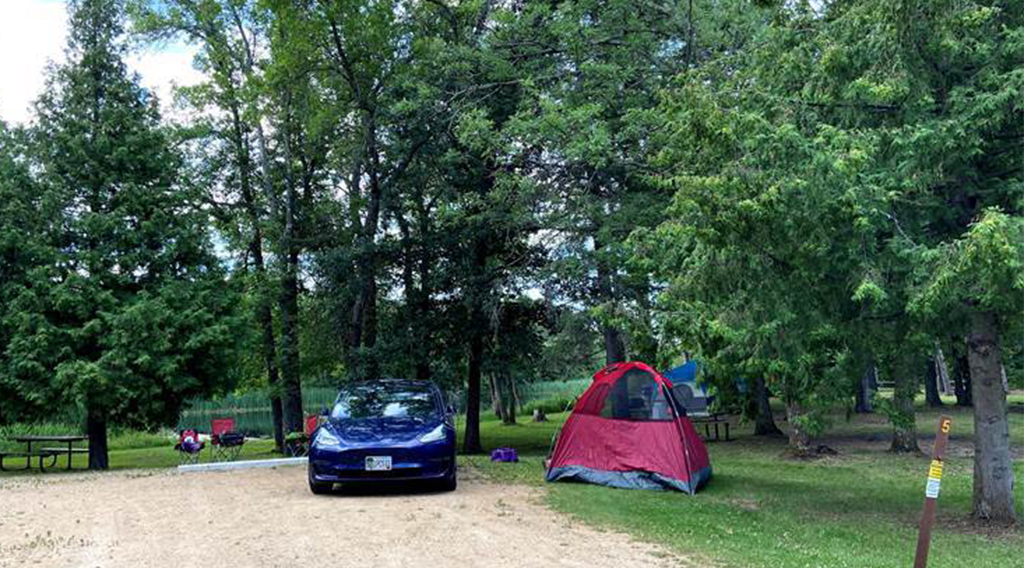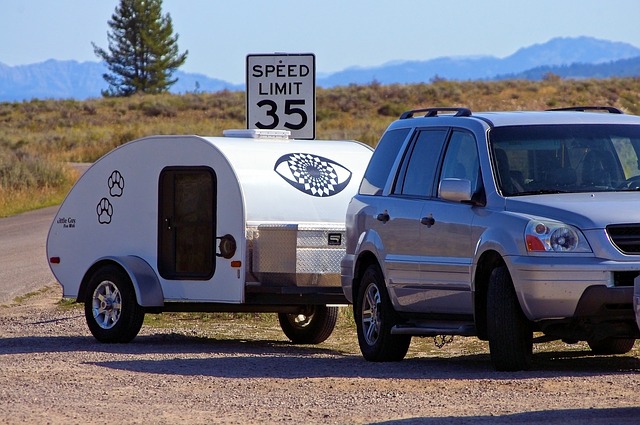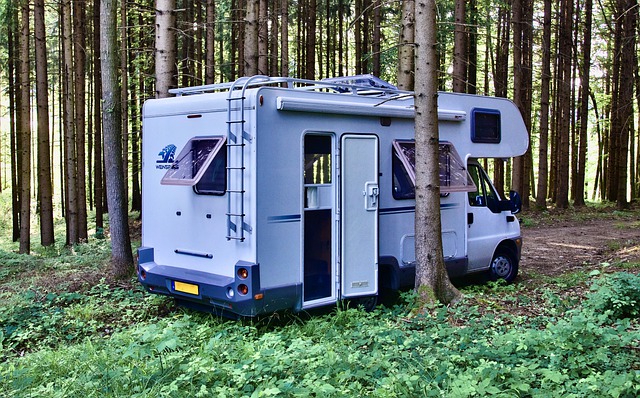
Big Bend National Park, southwest Texas, is framed by the Chisos mountain ranges and a large area of the Chihuahuan Desert. The Ross Maxwell Scenic Drive winds past the ruins of the Sam Nail Ranch. Santa Elena Canyon boasts a breathtaking view of a canyon surrounded by limestone cliffs. You can visit Langford Hot Springs near the Mexican border.
You have many options for camping in Big Bend. Some areas of Big Bend have developed campgrounds. In remote areas, there are more primitive roads that provide access to the park. During peak camping season the park allows only 14 nights at a single campsite. Hannold Draw, which is a boondocking spot, is also available. This option allows horses to graze. Some of these sites can accommodate up to 8 horses.

There are several things you should do if you plan to camp in Big Bend National Park. First, make sure you check the COVID-19 regulations prior to setting up camp. Second, make sure you have enough water. It is essential to have enough water for comfort. It is so remote that almost no light pollution is possible. It is also a wonderful spot to relax and enjoy stargazing at night.
Big Bend offers many options for camping. There are three campgrounds that have been developed in Chisos Basin: Cottonwood and Rio Grande Village. These campsites have amenities and facilities. Most sites have bear-proof food storage containers and picnic tables. Some campsites are equipped with concrete pads. No matter what type of camping you're looking for, there's sure to be a place for you in the Big Bend. The National Park Service's website also provides a map of the various campgrounds in the park.
You can also rent a horse from the Big Bend and go hiking if you aren't interested. Horseback riders who are keen hikers will be able enjoy the park’s beautiful landscapes. An RV can be brought into the park. An RV can save you money on gas, and make your journey more enjoyable. You can also travel with your dog to the national forest.

Four campgrounds are also managed by the National Park Service in Big Bend National Park. Three are developed frontcountry campgrounds. If you're from the west, there are three options for camping in the backcountry. The park also offers several options to camp in an RV or a car. Before you visit the park, be sure to review the state's regulations. There are no roads within the park.
FAQ
How much does it cost to become a hunter?
Hunting can be expensive depending on where you live.
Some areas may require you to pay a modest membership fee in order to have access to public lands.
Some states require you to have a permit or license before you are allowed to hunt.
Hunting prices vary depending on which type of firearm is used. A rifle typically costs more than an average shotgun.
A license can range from $10-$50. Depending on the number of days you wish to hunt, you may need to purchase additional tags.
You will need a permit in order to hunt certain species. The size of the animal that you want to hunt will determine how much money you have to spend.
If you want to hunt wild turkeys, you will need to pay up to $150 per tag.
What types of guns are legal to use?
You can hunt with many different types and styles of weaponry.
Hunters typically use rifles, shotguns, handguns, and muzzle-loading firearms.
Rifles have long range capabilities and can fire bullets. Shotguns can be loaded with pellets. Handguns fire bullets through their hands. Modern-day pistols have muzzle-loading guns.
Crossbows are used for shooting arrows. Archery weapons are also known as bowhunters.
You need to be skilled in hunting with a crossbow. The first step is to master the art of shooting and aiming the weapon.
Where can I purchase a gun? What gun do I need?
Hunting certain species requires a gun.
Many states require hunters have a firearm. The type you choose depends on the game you are hunting and the state where you live.
Any sporting goods store will sell a rifle, shotgun or handgun as well as a crossbow and muzzle loader.
It is important to choose a weapon which suits your needs. A.22 caliber pistol is a good option if you're looking for small game hunting such as squirrels and rabbits.
If you plan to hunt large games like deer, elk, and bears, you might want to look into purchasing a larger caliber weapon.
Do not buy a weapon unless you feel comfortable handling it. Guns can be very dangerous. Always keep it unloaded until you are ready to shoot.
Check that the gun has been properly inspected before you purchase it. Ask the seller to show you how to load or unload the weapon.
Check out the manufacturer's warranty. Ask the dealer for a warranty if there is none.
Ask the dealer for a copy if their safety instructions. These documents should contain information on safe storage and maintenance.
Examine the serial number. If it begins with "NIB" or "New In Box," then the gun was manufactured brand new.
If the serial numbers start with an odd number then the gun is previously owned.
Contact the manufacturer if you're unsure if the gun was used. They should be able tell you more about the gun's past.
Statistics
- Less than 1% of Hawaii's population has a hunting license. (stacker.com)
- - Percent of residents with paid hunting licenses: 0.7%- (stacker.com)
- Indiana, for example, saw a 28% jump in turkey license sales during the first week of the season. (stacker.com)
- Thanks to the 1937 Pittman-Robertson Act, an 11% excise tax was placed on the sale of firearms, which were then used for conservation. (stacker.com)
External Links
How To
How to hunt wild hogs
Large, large wild hogs are found all over North America, Africa Asia, Asia, Europe. Wild hogs are omnivores; they eat vegetation and small animals such as rabbits, mice, birds, insects, and fish. They usually eat at nights. The gestation period is approximately six months. One piglet then emerges. Every two years, a sow gives birth. Wild hogs are solitary animals, although they sometimes live together in groups called herds.
Wild boars average a weight of 200 pounds (90kg). Their head length ranges between 10-12 inches (20-25 cm) and 20-30 inches (30-50 cm) respectively. Wild pigs have long legs, broad shoulders, and short tails. Their skin is covered with a thick layer fat.
They have excellent senses of smell and hearing. These senses are used to find food and detect danger. They can run up to 35 miles per hour (56 km/h) and jump distances of up to 15 feet (4 m). They are sharp-toothed and have sharp claws. They are aggressive when defending themselves against predators.
Hunting wild hogs are difficult because they are fast, intelligent, and elusive. They must be carefully tracked by hunters. Hunting too soon can cause the animal to escape. If hunters shoot too late, the animal may die before it reaches cover.
There are many different hunting methods that can be used to kill wild boars. Shooting is the most popular method. This requires hunters to locate the animal and wait for it to arrive in range. Another method is trapping. The trapping method involves placing traps close to water sources that the hogs can drink. The traps are often equipped with a scent lure that includes peanut butter mixed with corn meal. When the trap is sprung, the hunter shoots the trapped pig.
Another method is snaring. To catch the pig, snaring uses a rope-covered noose. It works best when the pigs are caught during their mating season.
You can also use poisoning, spearing, or netting. To stop pigs from breathing, spearing and netting involve putting a spear or net through the neck of the animal. Poisoning can be done by injecting poison into the body of the pig.
Hunting wild hogs is a challenging sport. Hunters should be prepared for winter. In some areas, hunters wear snowshoes to keep warm. Hunting dogs may be used to track animals.